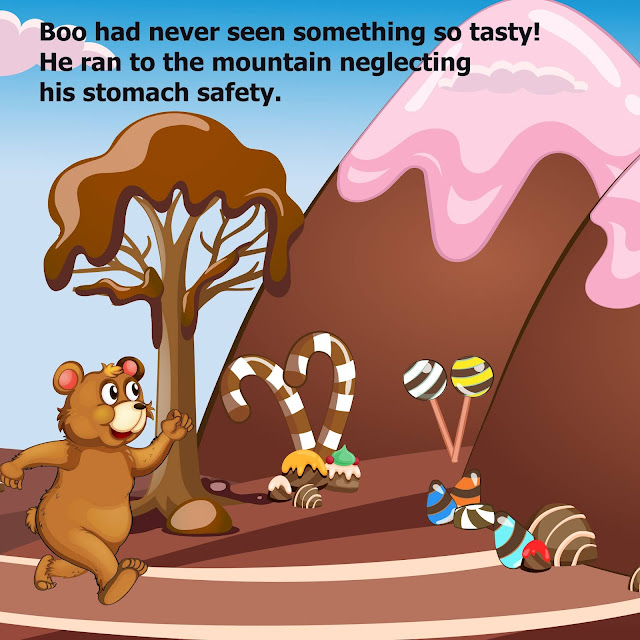Winner of the 2021 NATIONAL OUTDOOR BOOK AWARD in CHILDREN'S LITERATURE
Winner of the 2021 NEXT GENERATION INDIE BOOK AWARD in CHILDREN'S EDUCATIONAL PICTURE BOOK and CHILDREN'S PICTURE BOOK, NON-FICTION
This educational and interactive picture book immerses the reader in the strange and interwoven lifecycles of a tropical fig tree in the rainforest, and the tiny insects and colorful creatures that call it home. Following the growth of a seed dropped into the canopy of a rainforest tree by a flying toucan, Something Wonderful teaches the interdependence of rainforest ecology in an easy-to-follow, captivating story. Flip the beautifully illustrated pages and experience the journey of the fig seedling making roots and leaves, growing strong, eventually replacing the giant tree that was its host, making figs, attracting pollinators, and developing its life-giving seeds.
Something Wonderful happens next. The delectable fig fruit is hungrily eaten by a passing toucan who, upon flight, aimlessly drops a seed from its poop into the treetops below, beginning the fig's lifecycle once again. Discover additional scientific information about the pollination process, insects, and animals found in the story in an illustrated section at the end of the book. Readers can play a "seek and find" game of locating the elusive red-eyed tree frog on each page of the story. Take a journey, from the tiny to the grand, while making your way through the tropical rainforest on the path to uncover Something Wonderful...
"It's as if one is watching a documentary narrated by English nature historian David Attenborough...A gorgeous-looking lesson that will satisfy kids and parents alike."
-- Kirkus Reviews
"A great choice for classroom units on life cycles, symbiosis, and rain forest ecosystems."
--Booklist
**My thoughts**
I have always found that the magic of the circle of life is always "Something Wonderful."And Matt Ritter strives to demonstrate this in his book that chronicles the life cycle of the fig tree.
Now, I've been eating figs my whole life. (OK, read Fig Newtons, but whatever.) And I've learned a lot about the rainforest over my years of teaching, but wasn't aware of how fig trees actually grow. Apparently the seed falls onto a tree, and as the roots grow and the fig tree grows, it actually takes over the host tree. And I never realized the part that wasps played in fertilizing the fig blossoms so that the fruit can grow. Plus the figs provide a sort of nest for the wasp offspring to hatch and grow. It's absolutely fascinating and I will never look at figs the same way again.
The drawings are definitely appealing and help to chronicle the life cycle. For added fun, a red-eyed tree frog is hidden on several of the pages for kids to find. (I love red-eyed tree frogs!)
Following the story is more detailed information about the lifecycle of the fig wasp, red-eyed tree frogs, and the chestnut-mandibled toucan, who is responsible for spreading the fig trees throughout the rain forest.
It's also dedicated to Sir David Attenborough, which is fun.
I think this book would make an excellent addition to a science area in the classroom, or just as a fun read at home.

































